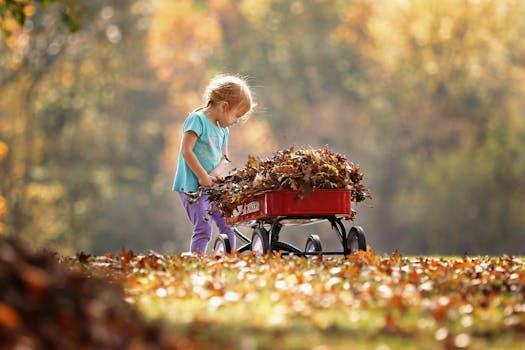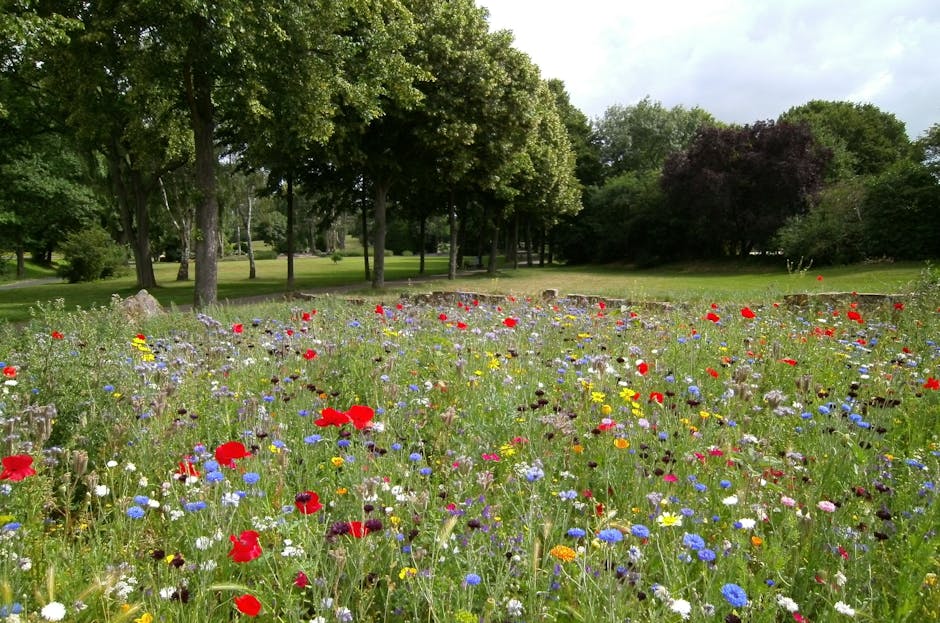Our fall has been a relatively warm one, but its started cooling down recently! Even though the weather is getting colder, there are some important things to do in your landscape this November! Our Tree, Shrub and Ground Cover Program Can help keep your landscape on track through the winter and prepare it for Spring Growth!

November Pest Control: This is the time to take action to reduce problems for next year! Snails and slugs may still be a problem in your garden but most other pests have gone dormant for the winter. Make sure to dispose of all fallen fruit and remove any mummies that are still hanging in the trees. Rake and remove old leaf debris from under your plants to reduce insect and disease overwintering sites.
We can be Planting!

Plant winter annuals now and you are likely to still have a good show. Most nurseries are stocking Iceland poppies, primroses, Snapdragons, pansies, and violas. Sow wild flower seeds for a show next spring. This is still a good time to put in permanent plantings but early storms may have soil wet it is difficult to work (hasn’t been a problem this year) . Divide crowded perennials so they can resume growth next spring. You can learn how here. Spring bulbs can still be planted but it is a little late for dutch and autumn crocus, daffodils, dutch iris, sparaxix, and Watsonia.
Fertilization is important in the winter! Fertilize winter annuals regularly for peak performance. Use a liquid fertilizer as soils become colder. The nutrients in most liquid formulations are more readily available to your plants when soil temperatures drop which is because they are less reliant on microbial activity which slows down with colder soils.
Pruning Time! It’s a good idea to remove broken, dead or diseased branches. If you remove arching branches from Baccarus and thin to rejuvenate it will be a better protector. Note: Baccharis looses its fire retardent qualities if old growth is allowed to accumulate. Renovate ivy beds that have matured to their adult form. Cutback geraniums and pelargoniums to shape. Prune oleanders and other summer flowering shrubs.
 What to do with our Turf? Avoid mowing or even walking on the lawn when it is frosty or soggy as it is easily damaged. Under these conditions mowing a Saturated lawn will cause wheel rutting, scalping and soil compaction.
What to do with our Turf? Avoid mowing or even walking on the lawn when it is frosty or soggy as it is easily damaged. Under these conditions mowing a Saturated lawn will cause wheel rutting, scalping and soil compaction.
Pingback: My Homepage
Comments are closed.